Grasshoppers
Clearwing Grasshopper (Camnula pellucida)
Differential Grasshopper (Melanoplus differentialis)
Lakin Grasshopper (Melanoplus lakinus)
Redlegged Grasshopper (Melanoplus femurrubrum)
Twostriped Grasshopper (Melanoplus bivittatus)
Hosts
- Field-grown hemp
- Weeds
- Grasses
- Shrubs
- Vegetables
Description
Adults and nymphs have a robust body, hind legs with enlarged femurs for long- distance jumping, and relatively short antennae. Adults have fully-developed wings for flight and range in size depending on the species. There may be additional species of grasshoppers in hemp fields and surrounding areas; those species may or may not be pests.
Life Cycle
Egg | Nymph (5 stages) | Adult
- Most species in Utah have one generation per year.
- Overwinter as eggs within pods in the soil.
Damaging Lifestage(s): Nymph, Adult
Damage Symptoms
Adults and nymphs feed with chewing mouthparts causing random, ragged holes in leaves. Feeding can also occur on stems and other plant parts. Feeding damage can result in distorted growth and increased branching which may reduce yield. If feeding takes place during a plant’s initial establishment and early growth, this can result in
stunting or plant death.
Time for Concern
Early summer after rangeland hosts become unavailable and feeding may continue all season.
When and Where to Scout
- Look for nymphs from late May to early July.
- Scout in adjacent fields to assess local populations.
- Monitor plants for feeding damage.
- The number of grasshoppers present in late summer and early fall can be a good indicator of population sizes the following year.
Threat Level
Low to High. Utah’s grasshopper populations fluctuate from year to year. Large populations can be economically damaging but outbreaks are hard to predict. Hemp appears to tolerate a moderate population and they tend to avoid flowers.
Occurrence in Utah
Grasshoppers have been found in high numbers in hemp fields, but not causing economic damage.
Management
- If hemp fields are threatened from grasshopper populations migrating from surrounding land, contact your local extension agricultural agent or the Utah Department of Agriculture and Food for assistance.
- Insecticide options may be available for application to surrounding lands depending on the situation.
- Encourage area-wide control, working with adjacent landowners.
When to Consider Treatment
During outbreaks, control usually involves insecticides, but the insecticides on the state-approved list may not provide adequate control of grasshoppers.
Look-alikes
Field crickets, katydids, snowy tree crickets.
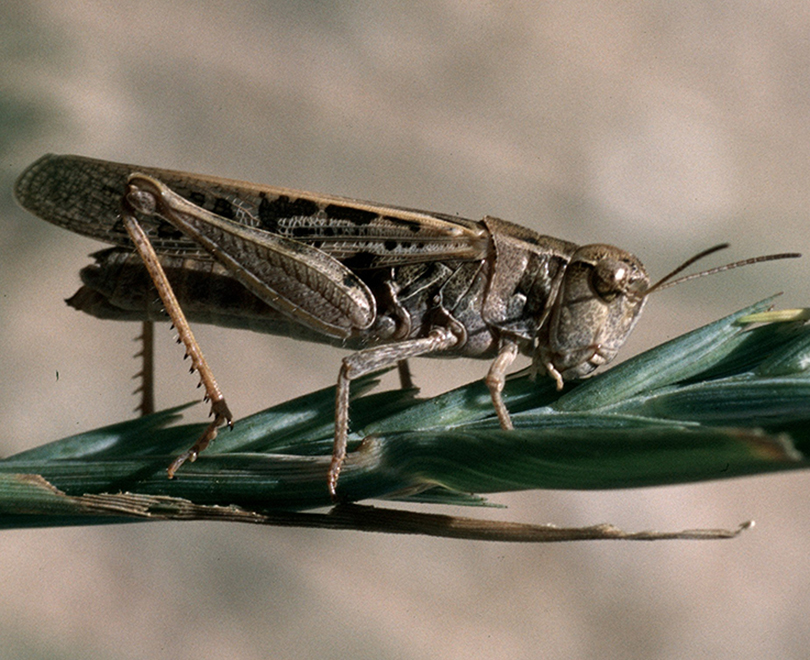
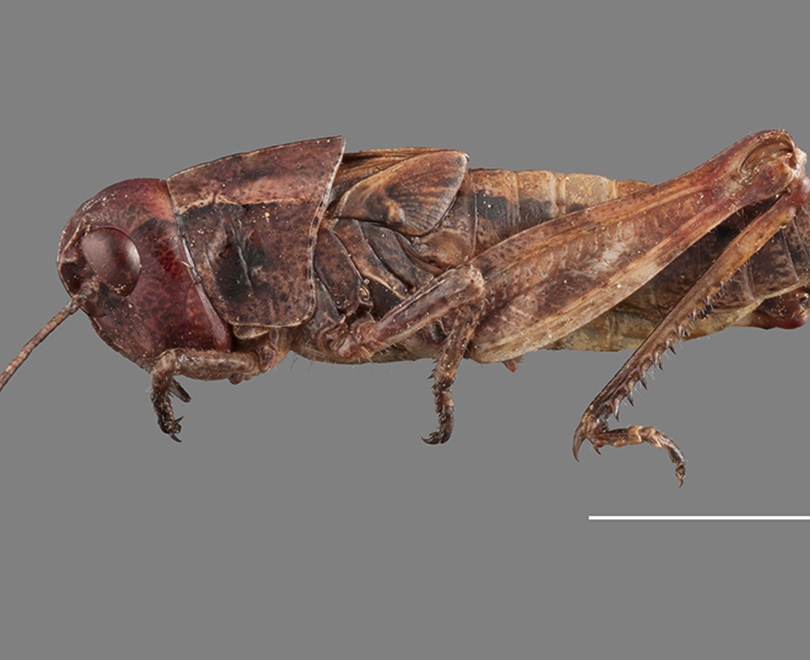
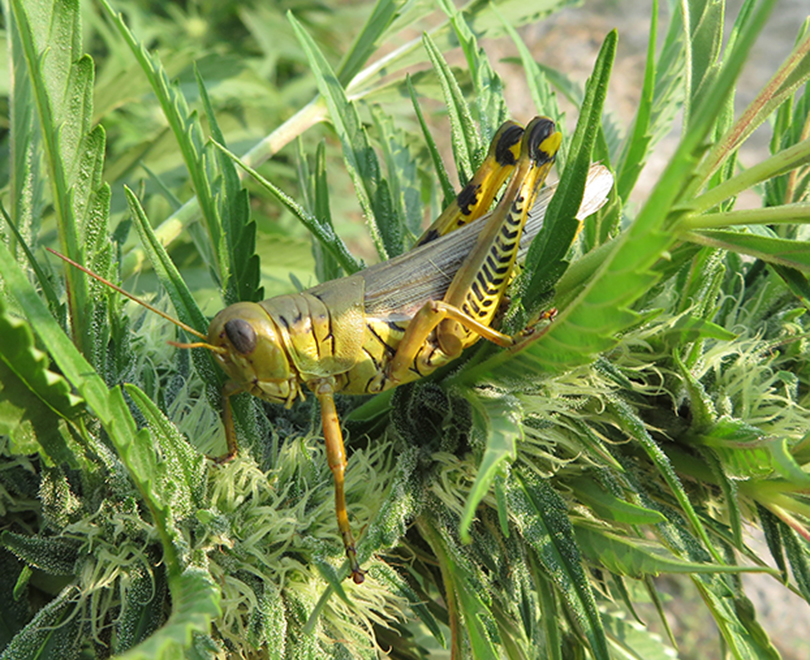
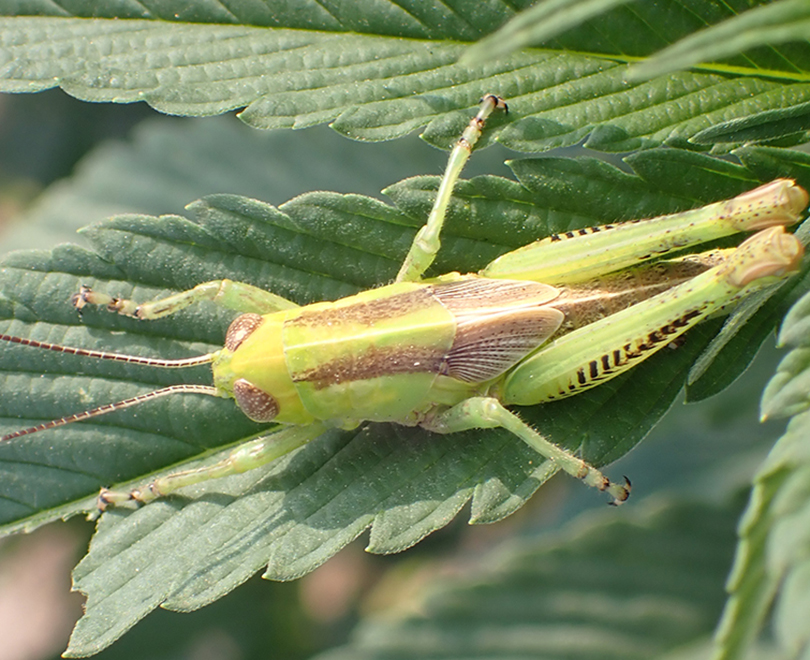
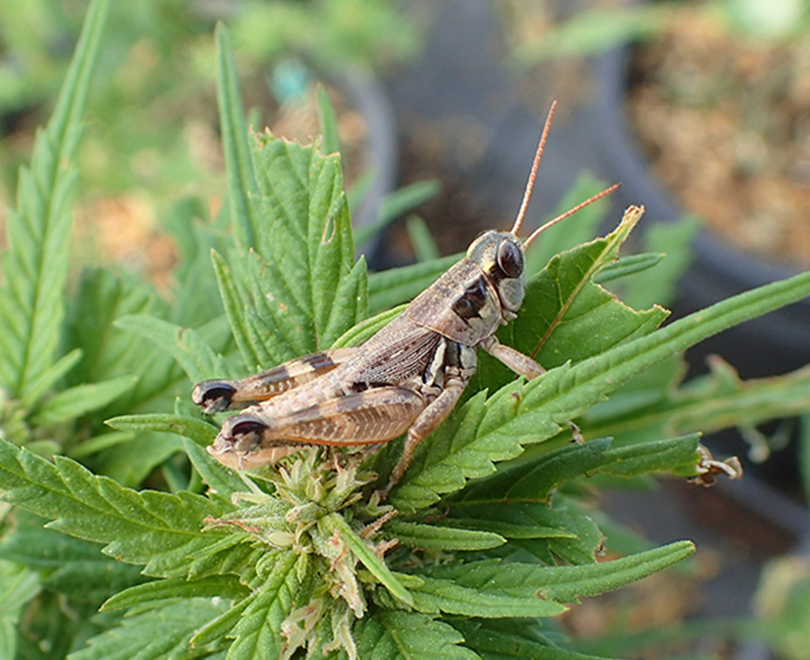
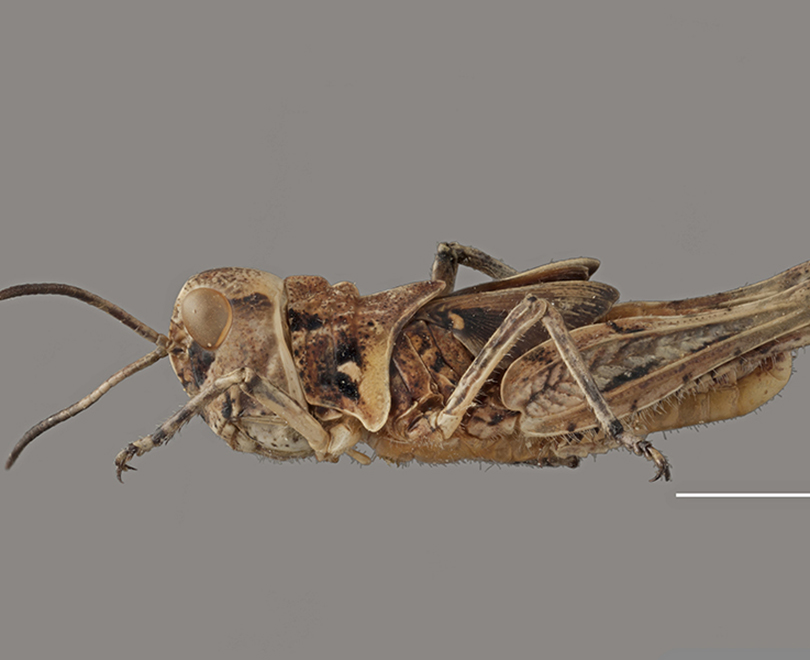

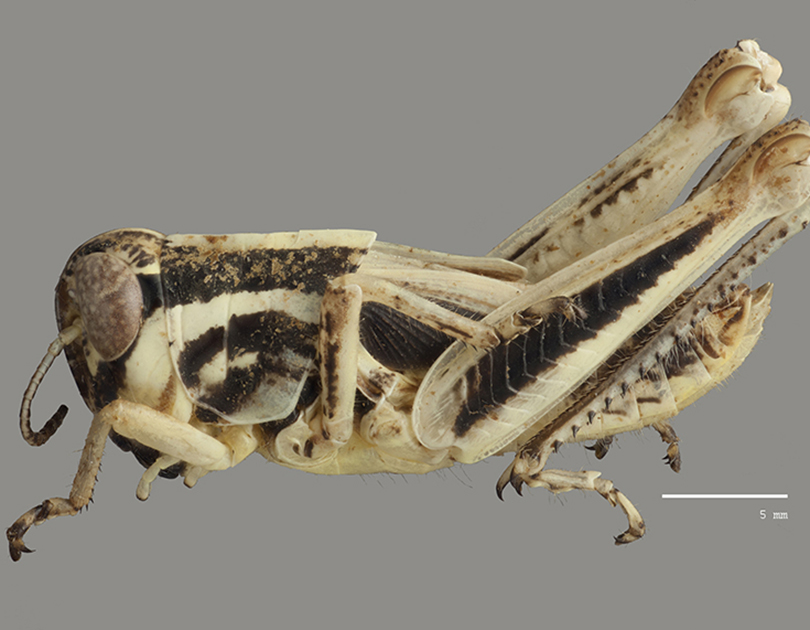
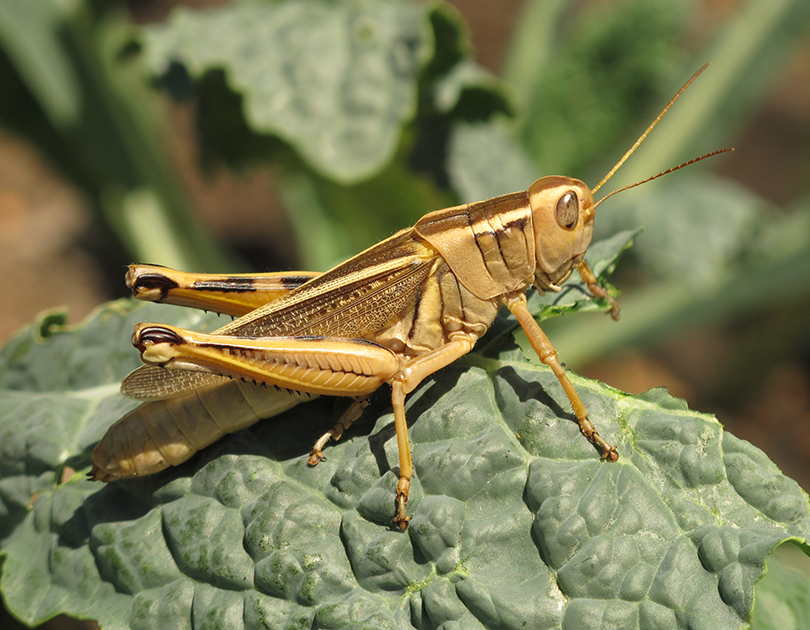
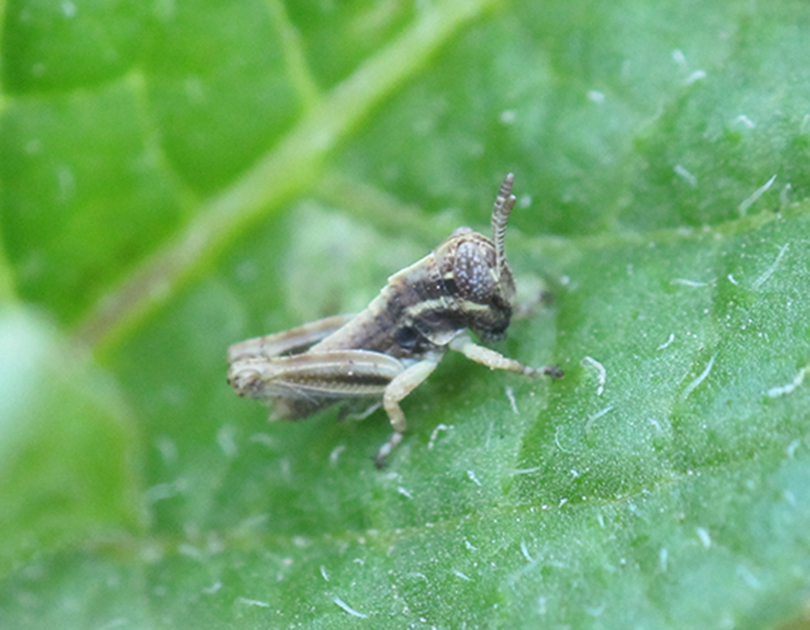
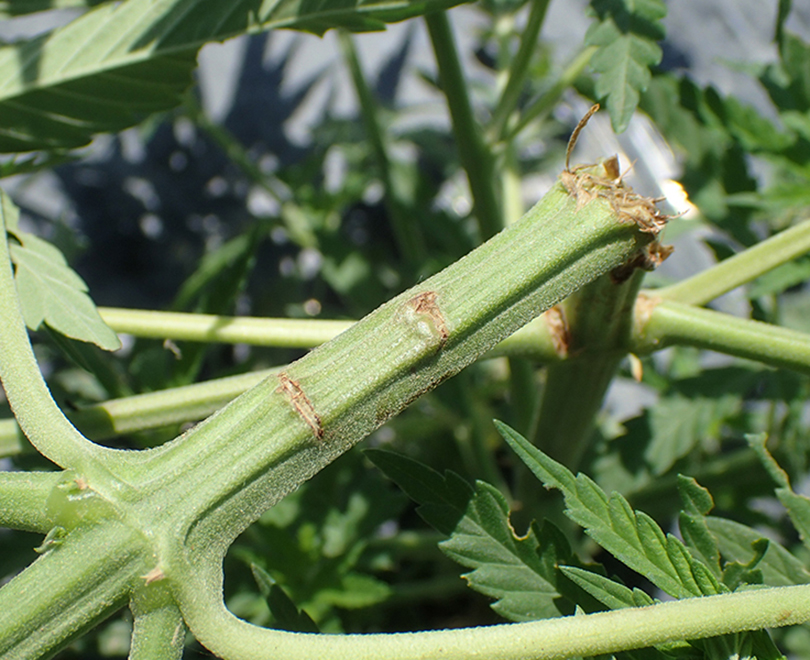
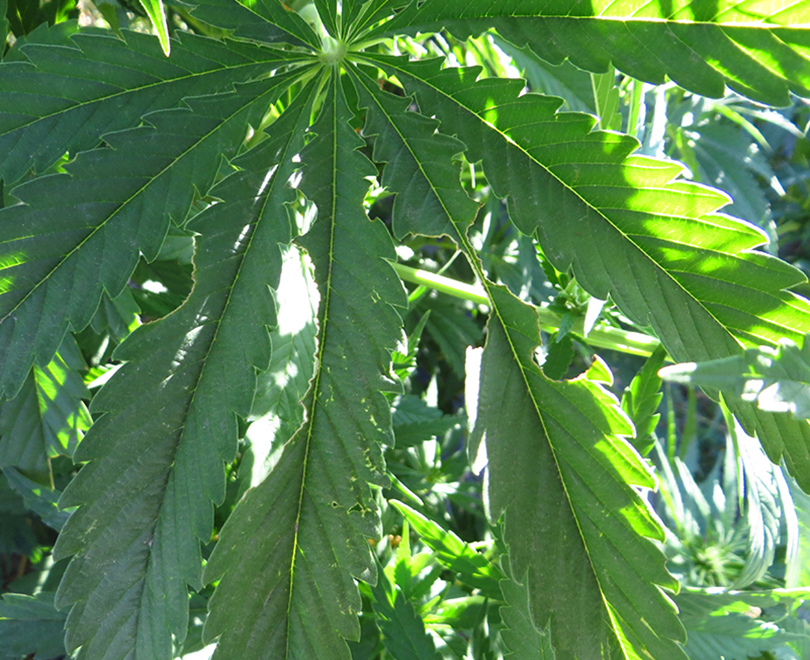
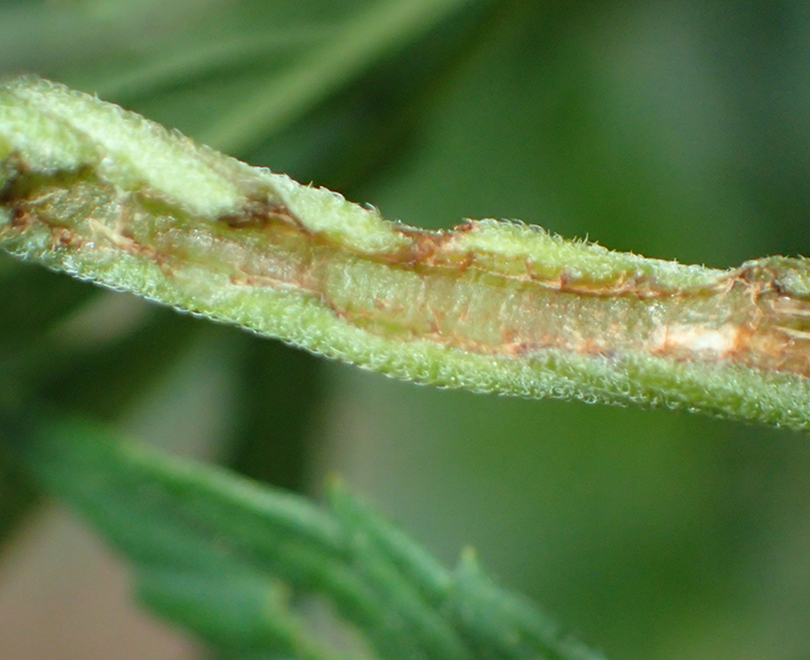
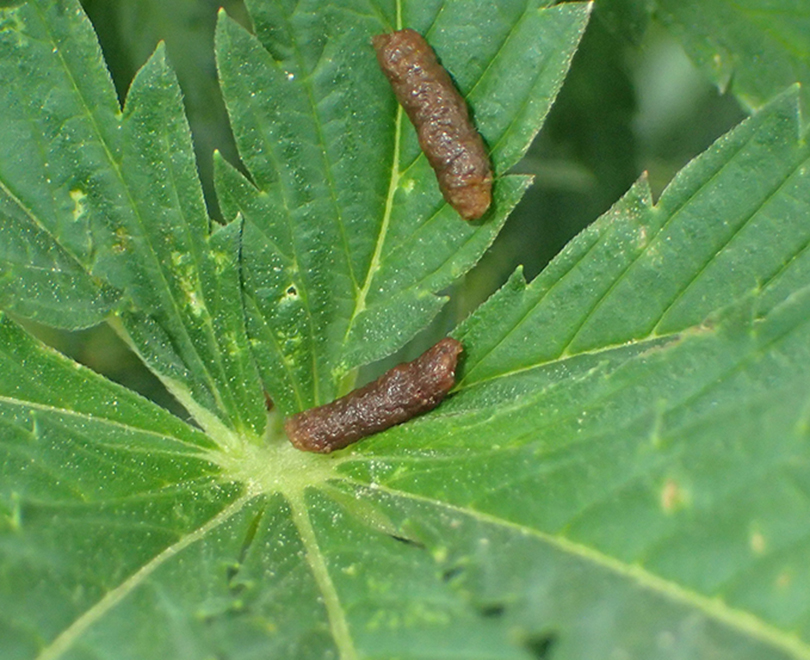
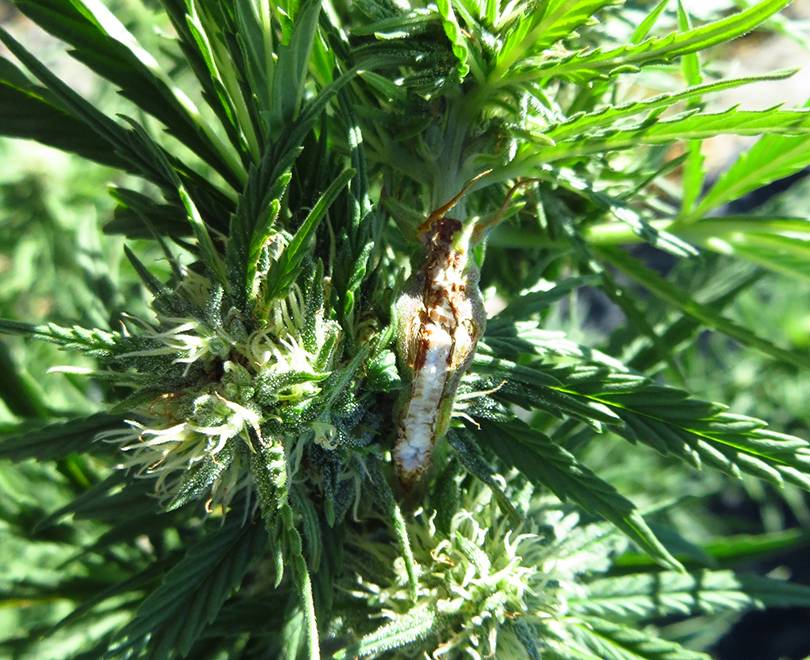
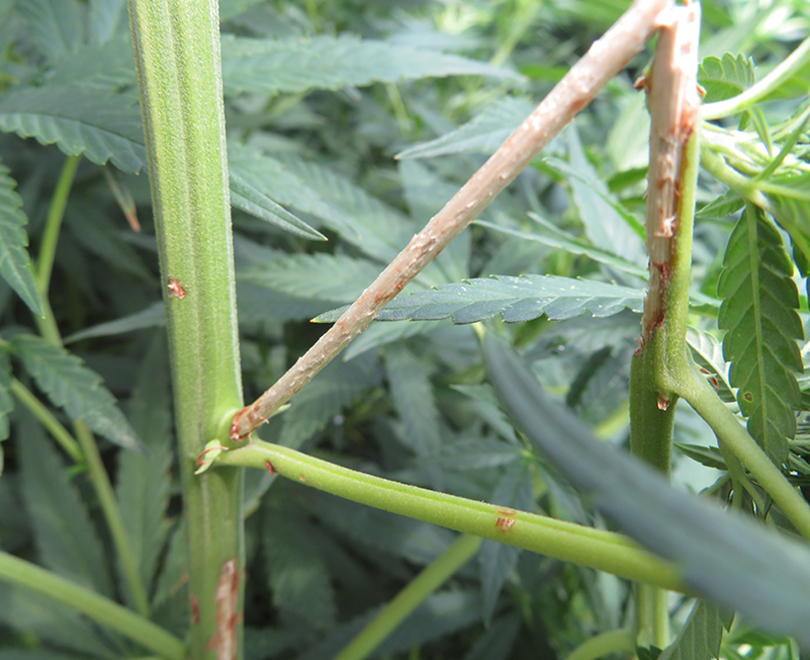
Photo Credits
- Clearwing adult/Lakin adult/Damage to hemp stem/Feces - Whitney Cranshaw, Colorado State University, Bugwood.org
- Clearwing nymph/Lakin nymph/ Redlegged nymph/ - Sangmi Lee, Grasshoppers of the Western U.S., USDA APHIS PPQ, Bugwood.org
- Differentials/Twostriped adult/Damage/Stripped - USU Extension IPM Program
- Redlegged adult - Russ Ottens, University of Georgia, Bugwood.org

